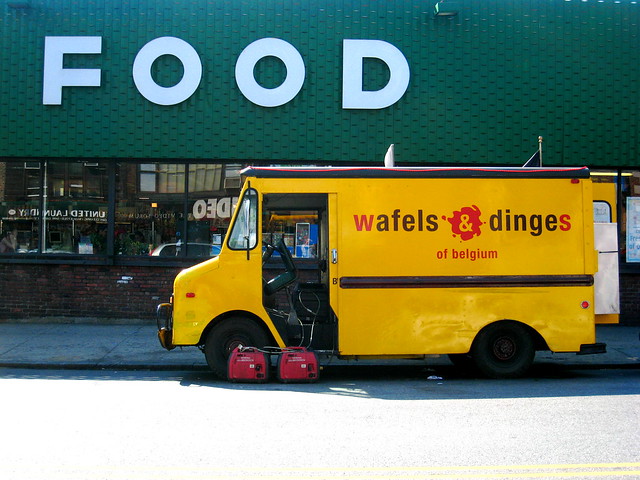As the hot summer days melt away, the MTA and its unionized workers are rushing headlong toward a labor battle. The authority, as we know, wants to keep labor costs steady, cap what it views as runaway pension spending and, if possible, halt or curtail wage increases. The union wants the polar opposite. While the two sides recently worked together to push Albany to approve a Transit Lockbox bill, the fall negotiations will be long and bitter.
In the build-up to these negotiations, battle lines are being drawn, and Monday’s Daily News featured the first salvo. In what was frankly an odd piece, Pete Donohue highlighted the perils of being a transit worker. Starting with the story of a 1995 station booth torching and mentioning a recent attack, he noted the incidents of violence perpetrated against transit workers by irate customers. These included token booth torchings in 1979 and 1988 as well.
Meanwhile, the article mentions some long-term statistics as well. Since 1947, 239 track workers were killed on the job, Donohue reports. It also, he writes without citing actual numbers, “seems a day doesn’t go by without someone jumping or falling in front of a train entering a station.” It all builds to one conclusion: “Straphangers shouldn’t be outraged that transit workers will at least ask for a cost-of-living increase. There should be outrage that the MTA will make a strong push to deny them one.”
If only it were that simple. This labor battle isn’t really about cost-of-living increases or worker safety. It’s going to be about worker productivity, job flexibility and personnel staffing levels. It will be about securing maximum efficiency from dwindling numbers of workers, and if the MTA is able to wrest the concessions it wants from the union, it will be far more likely to consider that cost-of-living wage that Donohue holds in such high esteem. (Anyway, as Larry Littlefield noted in the Streetsblog comments, it would help the argument to at least explore how transit workers’ wages have increased vis-a-vis other workers over the past few years. That’s an argument missing from the early discussions.)
So what then exactly are the real issues? Regular SAS readers will now them well. The lasting image of station agents is that of a worker fast asleep in a deserted station. The MTA will likely want to expand the role of those remaining station agents. Should they be required to leave their booths? On the flip side, what extra safety precautions can the MTA can guarantee? The overarching concern though is one of use: Do we even need as many station agents as we have?
Next come concerns over staffing levels. Do trains need a conductor and a driver? When will New York City embrace OPTO? Why have two people do the job of one? In a similar vein, why are the individual labor roles so limited? People who clean stations don’t clean trains and vice versa. The MTA will look to exact more productivity out of its labor force.
Finally, what of escalating pension costs? Should the MTA expect to sustain a slew of workers who can retire at 55 with full benefits but then live for another 25-30 years? The agency isn’t operating with much fiscal leeway, and if it has to pay a current labor force and a retired labor force, operating budgets are going to suffer.
In the right context, a cost-of-living adjustment and more safety precautions should be non-issues, and in that sense, Donohue is right on the money. Negotiations, though, are a constant give-and-take, and until both sides recognize that reality, the divide between them may be a deep one indeed.














